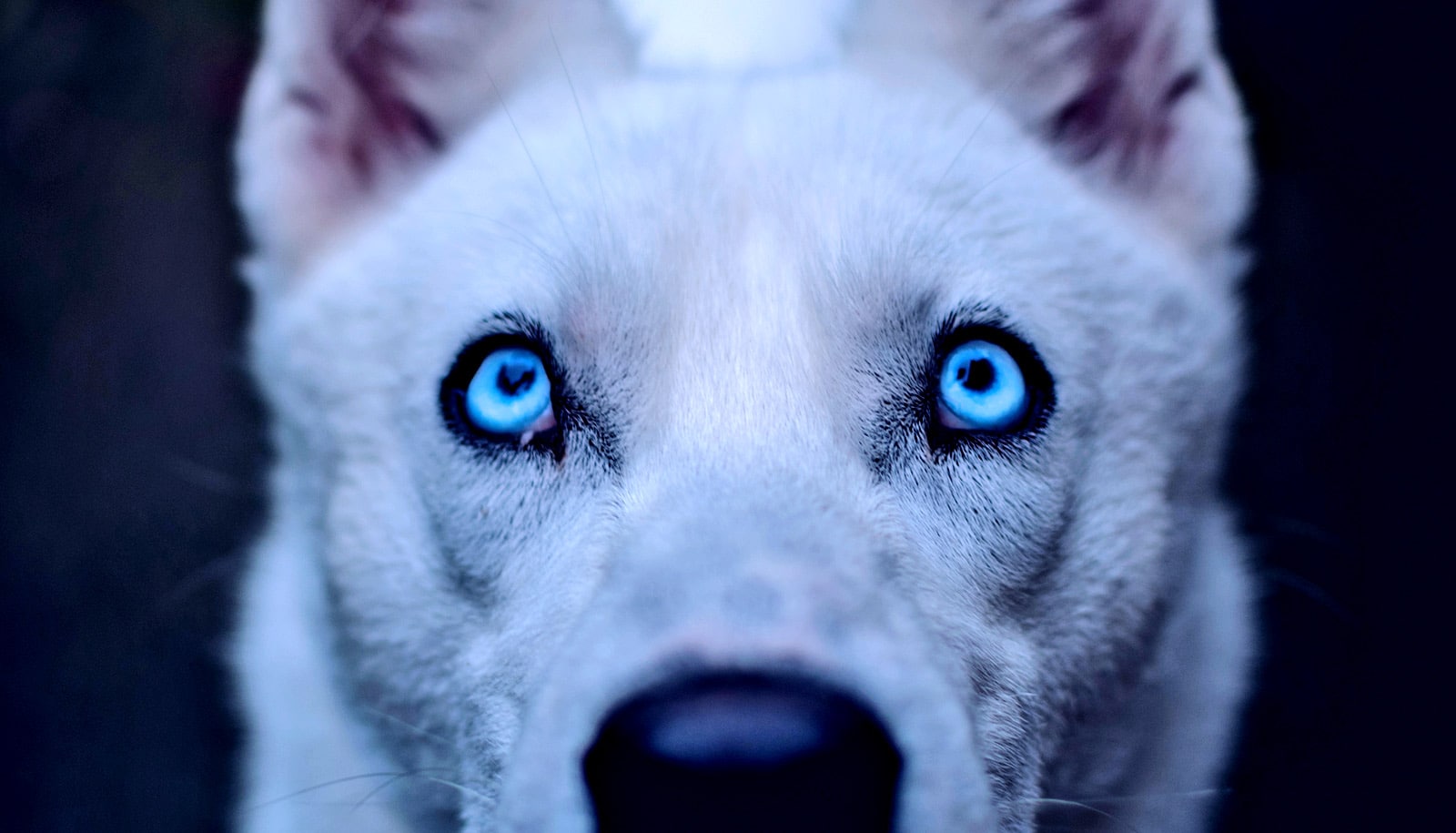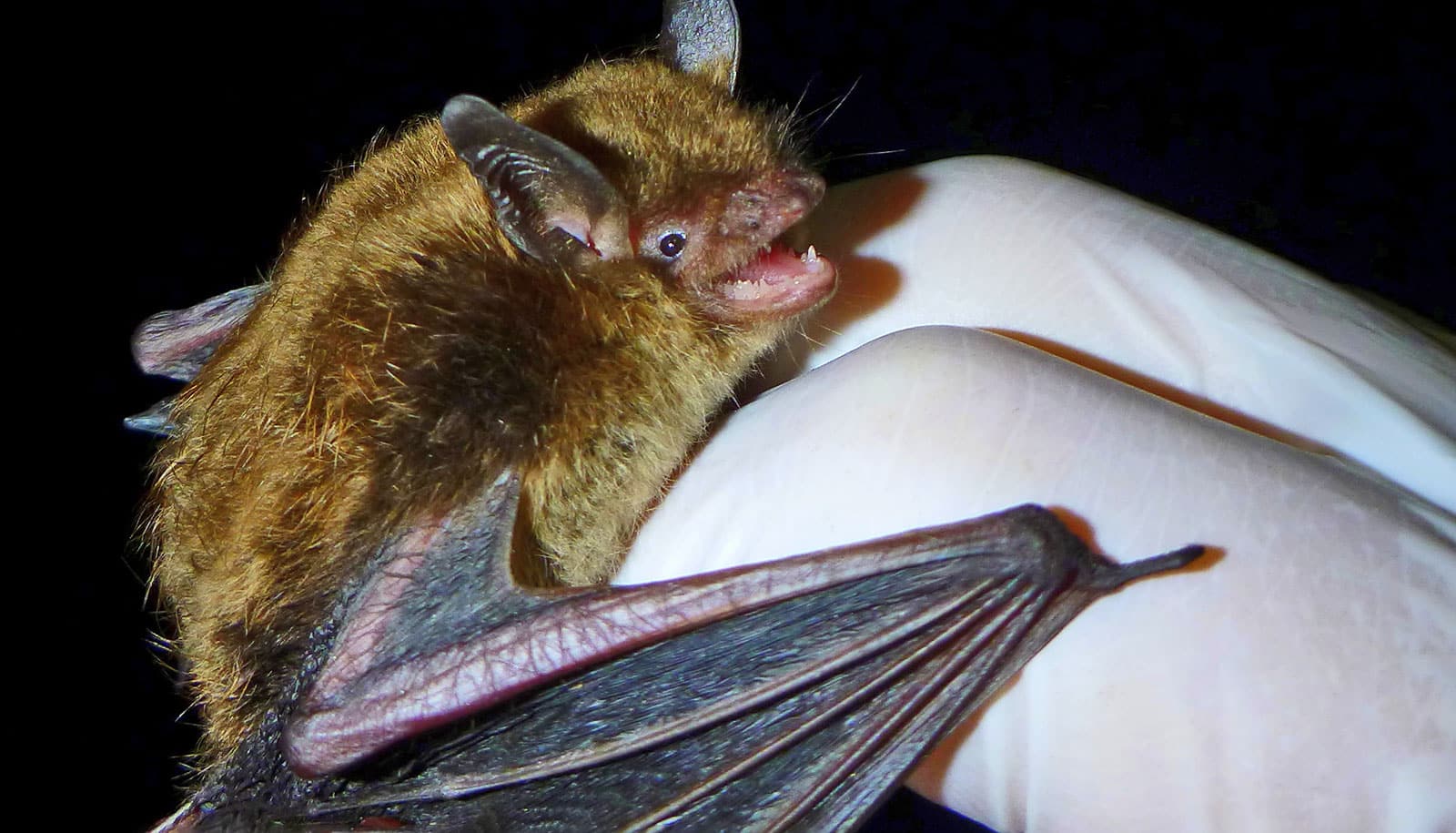Dogs’ ancestors in the Americas likely came from Siberia, according to a new study.
The study also suggests that these early dog populations almost totally disappeared, but left future generations a cancerous tumor that is still found in their canine descendants today.
The researchers collected genetic information from 71 ancient dog remains from the Americas and found that early dogs arrived alongside people who eventually settled throughout North, Central, and South America.
“It is ironic that the only vestige of a population that was likely wiped out by a disease is the genome of a transmissible cancer.”
But closer study of the ancient dog genomes shows that they almost completely disappeared following the arrival of European settlers, leaving little or no trace in more modern American dogs.
The researchers also found that a cancerous condition spread through the mating of dogs thousands of years ago is still present today and is the last remaining trace of these early dog populations that arrived in the Americas.
“It is fascinating that a huge population of dogs that inhabited all corners of the Americans for thousands of years could have disappeared so rapidly,” the researchers say in a joint statement.
“This suggests something catastrophic must have happened, but we do not have the evidence to explain this sudden disappearance yet. It is ironic that the only vestige of a population that was likely wiped out by a disease is the genome of a transmissible cancer.”
“The sudden disappearance of dogs in America was probably associated with European colonization, but we don’t know the details yet. This is further evidence of the strong bond between humans and dogs. Humans will bring their dogs to every new place they explore and colonize, regardless of time and space,” says Anna Linderholm, an assistant professor of anthropology at Texas A&M University, who directs the BIG (bioarchaeology and genomics lab) at the university and did much of the genome work.
“When we compare our ancient dog DNA to all other known dog/wolf DNA, we find that the closest relatives are the Siberian dogs. This mirrors what we know about humans at the time and sites in Siberia have records of people using dogs then.”
Genomes suggest where wolves became dogs
Linderholm says the study further proves “that we can say with certainty that the first wave of people entering the Americas brought dogs with them.
“But the cancer genome we found was a real surprise,” Linderholm says.
“This is the biggest twist I have seen in any project I have done. It is amazing to think that these cancerous cells spread and that they still exist all over the world. So in a weird way, the ancient dogs of America live on through these cancerous cells.”
The research appears in Science magazine.
The UK’s National Environmental Research Council funded the study.
Source: Texas A&M University



